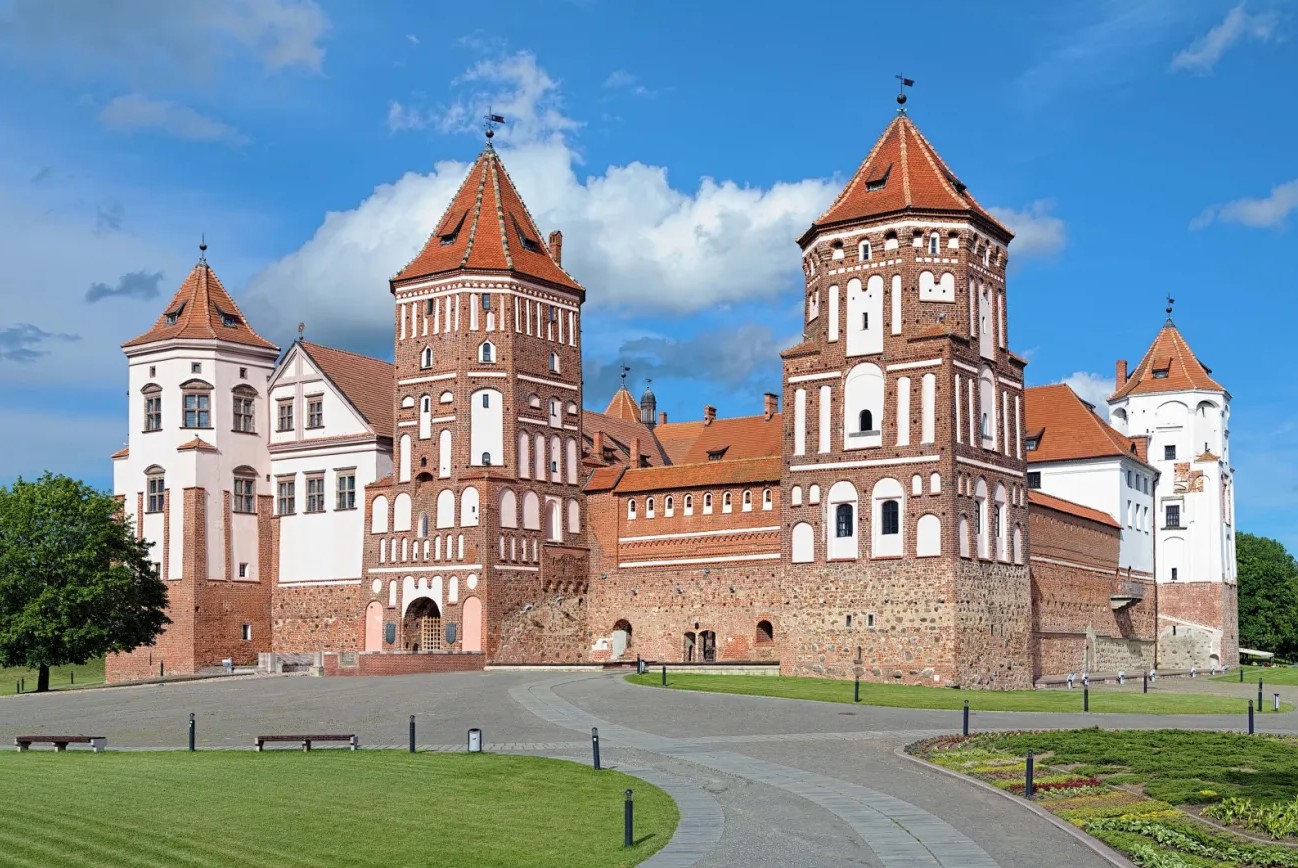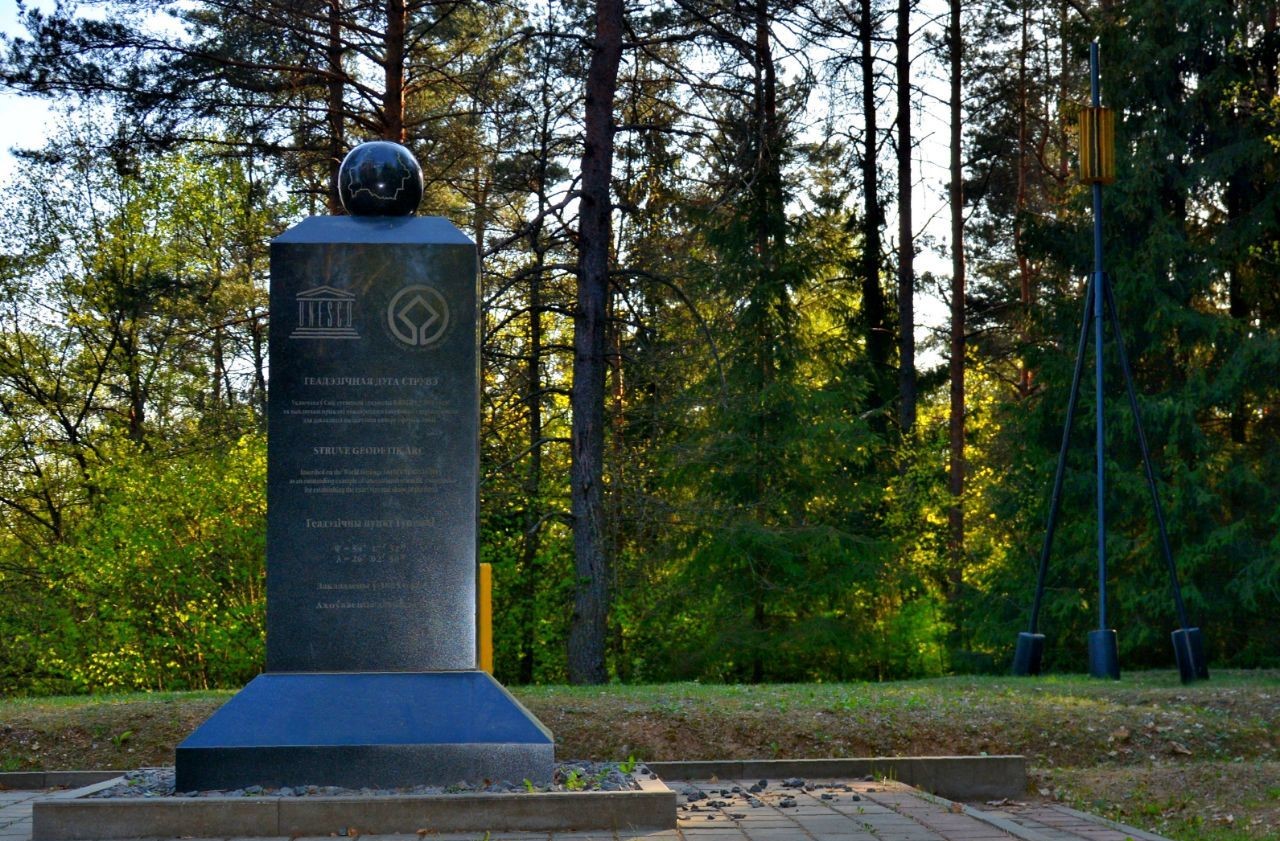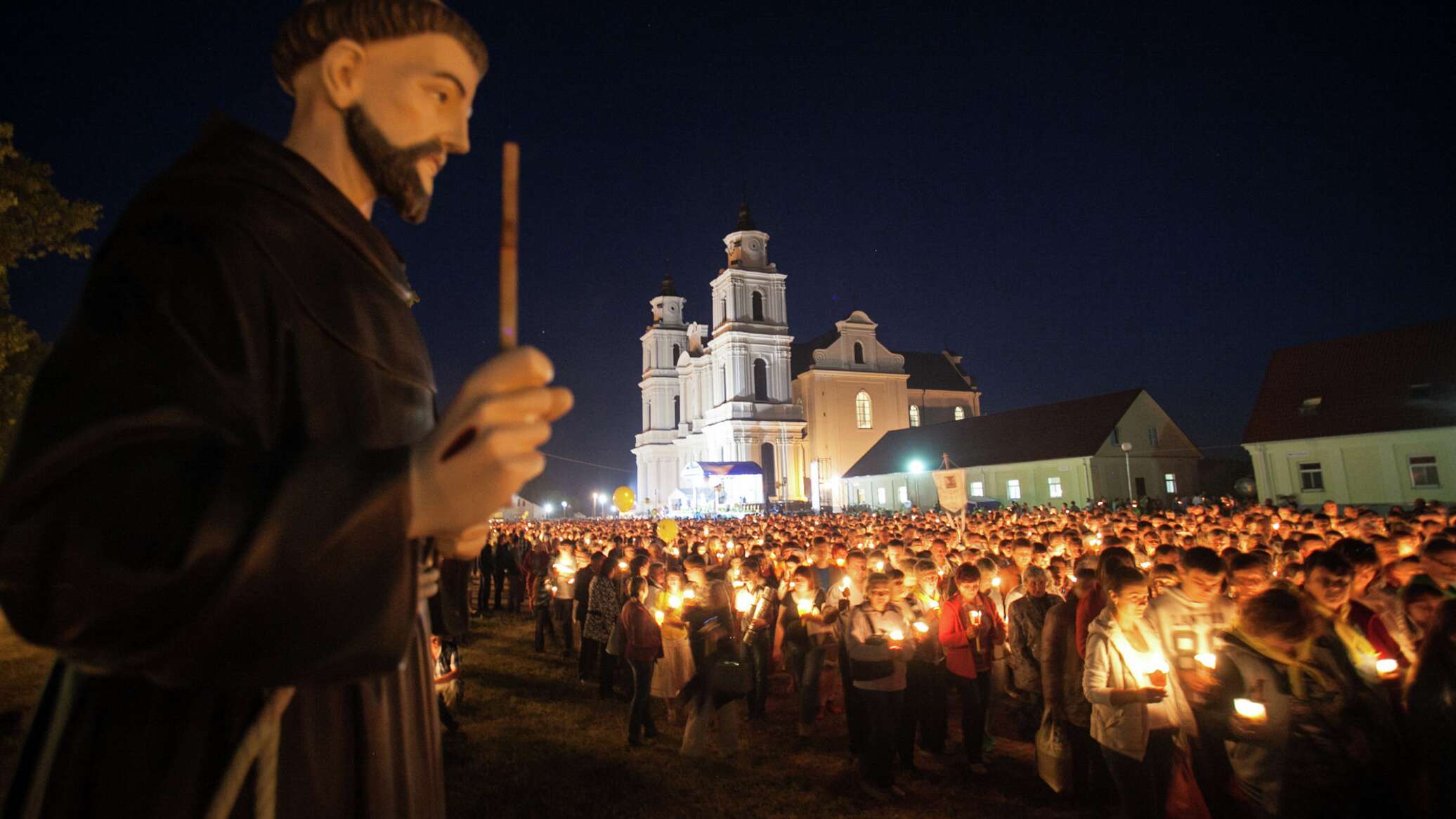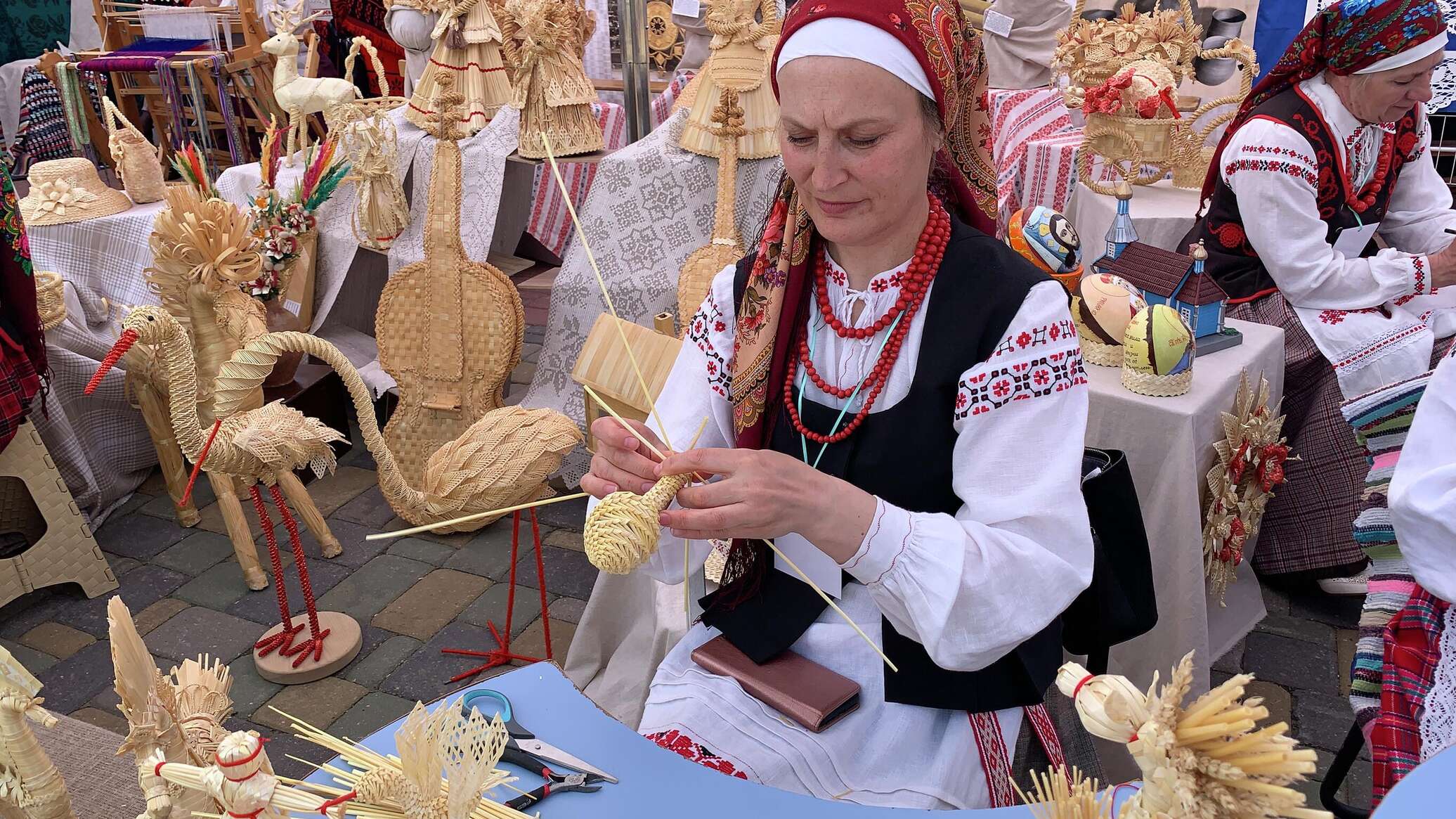Date :
Monday, May 22, 2023
Our country has been a member of UNESCO since 1954. In 1988, the Republic of Belarus joined the Convention for the Protection of the World's Cultural and Natural Heritage. Today, the list of UNESCO World Heritage Sites in Belarus includes 4 tangible and 5 intangible cultural heritage sites. If you've been planning a trip around the country for a long time but didn't know where to start, we recommend visiting any of these sites.
The sites of tangible and intangible cultural heritage included in the UNESCO list are recognized as vital and valuable assets for all humanity. To be included in the UNESCO list, the following criteria are assessed:
- Historical Significance: The places should be associated with significant historical, cultural, or religious movements or figures who played an important role in history.
- Architectural or Technical Value: Buildings or structures should offer interesting insights into the architectural style, engineering solutions, or technological achievements of their time.
- Uniqueness: Sites suitable for inclusion in the list include rare natural or cultural phenomena, areas of significant geological or archaeological value, or places preserving unique ecosystems, relic plants, or endangered animals.
- Intercultural Integration: UNESCO considers sites that have influenced other cultures and peoples. These might include places where trade, cultural, and religious contacts took place, contributing to the enrichment of human heritage.
Tangible Sites:
- Mir Castle: A testament to the rich history of our country, built in the 16th century. This defensive architecture monument is a rare non-religious surviving example of Belarusian Gothic. After restoration, the castle has become one of the most visited tourist sites in the country, hosting festivals, concerts, exhibitions, and other cultural events.

- Nesvizh Palace and Park Complex: Former residence of the influential Belarusian Radziwill family. The architecture of Nesvizh Castle, constructed in the 16th century, combines features of Baroque, Classicism, Rococo, Gothic Revival, and Modernism. After extensive restoration work, the complex has regained an appearance close to its splendor during the Radziwill dynasty. Its luxurious halls, picturesque parks, collections of antiques, and works of art attract tourists worldwide.

- National Park "Belovezhskaya Pushcha": One of the oldest European reserves. Its primeval forests are home to rare animals and birds, disappearing plants, and centuries-old trees. The heart of the national park is a bison reserve.

- The Struve Geodetic Arc: A unique international project developed in the mid-19th century under the guidance of astronomer and mathematician F. Struve. This project, aimed at measuring and determining Earth's shape, played a crucial role in the development of geodesy and geophysics. The arc covers the territory of 10 countries, with 5 of the 19 points located in Belarus included in the UNESCO list.

Intangible Sites.
The UNESCO list, which includes elements of Belarus's intangible heritage, comprises:
- "Kolyada Tsars" - a unique custom that occurs annually in the village of Semezhevo in the Minsk region on the night of January 14. This tradition involves young men dressing in costumes resembling Tsars soldiers and performing traditional scenes at village homes.

- "Yury's Circle Dance" - Polesian tradition of celebrating Yury's Day, still observed in the village of Pogost in the Zhytkavichy district.

- Budslav Fest - a religious holiday venerating the Icon of the Mother of God of Budslav. The celebration is held annually in the Myadel district, in the agrotown of Budslav. Catholic pilgrims from various countries traditionally gather for the event.

- Beekeeping - a craft associated with the breeding of wild bees.

- Straw Weaving – a traditional Belarusian art form that is unique worldwide.

The presence of sites within our territory included in the World Heritage List underlines the significance of Belarusian history and culture for global civilization.